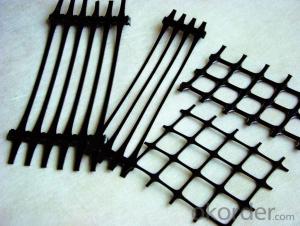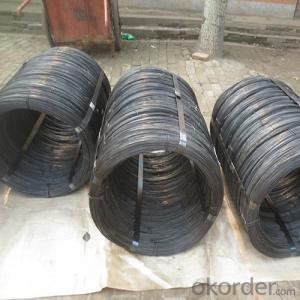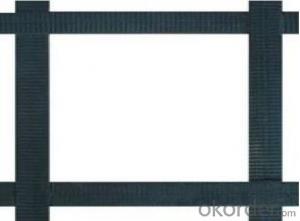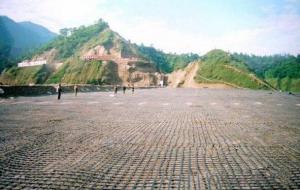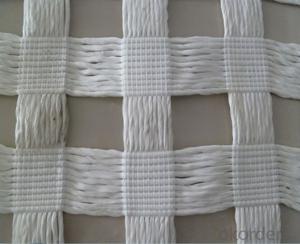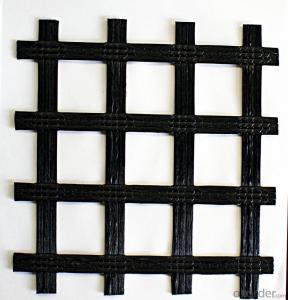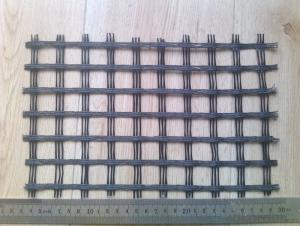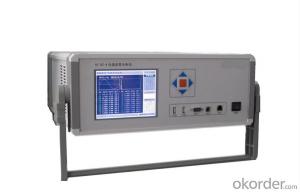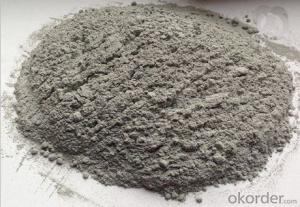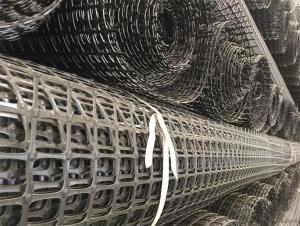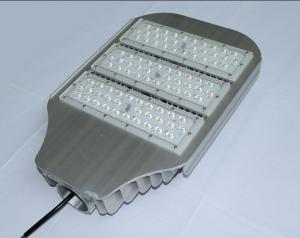Geogrid Cost Per Sf
Geogrid Cost Per Sf Related Searches
Fridge With Freezer On Bottom Driveway Pillars With Lights Blu Ray Player With Recorder Blu Ray Player With Internet Geogrid In Retaining Walls 1708 Biaxial Fiberglass Tape Pullout Resistance Of Geogrid Geogrid Warp Knitting Machine Srw 3 Series Geogrid Biaxial Plastic GeogridHot Searches
Fiberglass Scaffolding For Sale Fiberglass Panels For Sale Fiberglass Greenhouses For Sale Geogrid Fabric For Sale Gas Powered Core Aerator For Sale Revolution 4 Propeller For Sale Alabaster Carving Stone For Sale Geogrid For Sale Near Me Tensar Geogrid For Sale Geogrid For Sale Ex Display Log Cabins For Sale Photoelectric Cells For Sale Athletic Lockers For Sale Cubicle Partitions For Sale Stearman Propeller For Sale Palram Greenhouses For Sale Gumbo Bowls For Sale Suzuki Propellers For Sale Freight Crates For Sale Outhouse Sheds For SaleGeogrid Cost Per Sf Supplier & Manufacturer from China
Okorder.com is a professional Geogrid Cost Per Sf supplier & manufacturer, offers integrated one-stop services including real-time quoting and online cargo tracking. We are funded by CNBM Group, a Fortune 500 enterprise and the largest Geogrid Cost Per Sf firm in China.Hot Products
FAQ
- Yes, geogrids are effective in preventing soil erosion on slopes with vegetation. They provide reinforcement to the soil, improving its stability and reducing the risk of erosion. Geogrids help to distribute the forces exerted by gravity and water flow more evenly, preventing the soil from being washed away. Additionally, they promote root growth and vegetation establishment, further enhancing their effectiveness in preventing soil erosion on slopes.
- Bidirectional geogrid 5 meters long side, short side of the 3 meters
- That is 5 meters long, width of 3 meters
- There are several types of geogrids, including uniaxial geogrids, biaxial geogrids, and triaxial geogrids. Uniaxial geogrids are designed to provide strength in one direction, typically used for reinforcement applications. Biaxial geogrids offer strength in both directions, making them suitable for applications such as soil stabilization and slope reinforcement. Triaxial geogrids have additional strength in the third dimension, making them ideal for applications involving heavy loads or high tensile forces.
- Yes, geogrids can be used in slope stabilization for mining waste dumps. Geogrids are commonly used in civil engineering projects to reinforce and stabilize slopes. By incorporating geogrids into the design and construction of mining waste dumps, the stability of the slopes can be improved, preventing potential slope failures and reducing the risk of environmental hazards.
- The design guidelines for geogrid-reinforced structures involve considering factors such as soil properties, design loads, and installation requirements. Some key guidelines include determining the appropriate geogrid material and strength based on the specific site conditions, ensuring proper connection between the geogrid and the surrounding soil or structures, designing for the anticipated loads and settlement, and following recommended installation techniques to ensure the effectiveness of the reinforcement system. Additionally, considering factors such as long-term durability, maintenance requirements, and environmental considerations are also important in designing geogrid-reinforced structures.
- Yes, geogrids are suitable for use in ground reinforcement for wind farms. Geogrids are commonly used in various civil engineering applications, including soil stabilization and reinforcement. They provide tensile strength to the soil, preventing erosion and enhancing the stability of the ground. In the case of wind farms, where the ground needs to support heavy equipment and withstand strong winds, geogrids can effectively reinforce the soil, ensuring the long-term stability and durability of the infrastructure.
- Yes, geogrids are suitable for stabilizing soft soils. They are commonly used in geotechnical engineering to enhance the stability and strength of weak or unstable soils. Geogrids provide reinforcement by distributing loads and restricting lateral movement, thereby improving the overall stability of the soil.




















